#october 1883
Text




Palaye Royale for 1883 Magazine to celebrate the release of Fever Dream! This album is the best thing I’ve heard in ages and should be listened through from Eternal Life Intro to Off With The Head Outro. Don’t skip or shuffle. It’s majestic ❤️❤️❤️
#palaye royale#remington leith#remington palaye royale#remi#emerson barrett#sebastian danzig#emerson#fever dream#fever dream era#sebastian#1883 magazine#Fever Dream album#fever dream october 28 2022#Remmy#LP
40 notes
·
View notes
Photo

‘The Gilded Age’: Christine Baranski, Cynthia Nixon & More Tease a ‘Tectonic Shift’ in Season 2
Some of the show’s glitzy drama will include Agnes and Mrs. Astor (Donna Murphy, now a series regular for Season 2) trying to save the old opera house. Baranski says she and Murphy can’t wait to share more scenes together — in fact, they’ve been emailing about it and are “fangirls of each other” — and she can’t imagine a better actor in the role.
“I think she’s rather perfect as Mrs. Astor,” Baranski says. “She has that natural hauteur.”
#cannot BELIEVE we are getting guaranteed opera house drama in s2#like. obviously why would you not but. for sure a go!!#also#the new opera house opened october 1883 so IF that's the end-of-season setpiece is could indicate potentially a similar time frame for s2#(spring-fall) as s1#the gilded age#also obsessed with the fact that they email each other about their roles.
4 notes
·
View notes
Text

Fern Coppedge (American, 1883-1951): The Mill at Bowman's Hill (October) (via Freeman's)
559 notes
·
View notes
Text
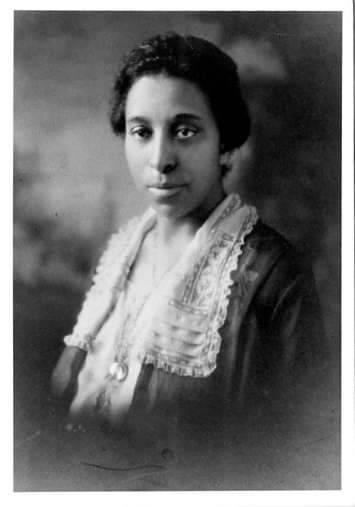
Lucy Diggs Slowe (July 4, 1885 – October 21, 1937) was an American educator and athlete, and the first Black woman to serve as Dean of Women at any American university. She was a founder of Alpha Kappa Alpha sorority, the first sorority founded by African-American women.
Slowe was a tennis champion, winning the national title of the American Tennis Association's first tournament in 1917, the first African-American woman to win a major sports title. In 1922, Slowe was appointed the first Dean of Women at Howard University. She continued in that role for 15 years until her death. In addition, Slowe created and led two professional associations to support college administrators.
Lucy Diggs Slowe was born in Berryville, Virginia to Henry Slowe and Fannie Potter Slowe. While various sources put her birth year as 1885,[3][4] others have said 1883. She was one of seven children. Her father's occupation has been reported as a hotel operator, restaurant proprietor and farmer. He died before Lucy turned one and her mother died shortly after. Following her mother's death, Lucy and her sister Charlotte were raised by her aunt Martha Price in Lexington, Virginia. At thirteen, Lucy and her family moved to Baltimore, Maryland, where she attended the Baltimore Colored High and Training School. She graduated second in her class in 1904, receiving one of the two-sponsored scholarships to Howard from the Baltimore City School Board.
Slowe was the first person from her school to attend Howard University, the top historically black college in the nation, at a time when only 1/3 of 1% of African Americans and 5% of whites of eligible age attended any college.
After graduation in 1908, Slowe returned to Baltimore to teach English in high school. During the summers, she started studying at Columbia University in New York, where she earned her Masters of Arts degree in 1915.
#black tumblr#black history#black literature#black excellence#black community#civil rights#black history is american history#black girl magic
97 notes
·
View notes
Photo

Vincent van Gogh, from a letter to his brother Theo (Hoogeveen, October 1883)
#vincent van gogh#van gogh#theo van gogh#letter#letters#typo#typography#quote#quotes#words#fragments#*
2K notes
·
View notes
Photo

Borders of Bolivia
« Atlas des peuples d’Amérique », Jean Sellier, La Découverte, 2006
by cartesdhistoire
In the Atacama Desert, which belongs to Bolivia, local rulers ("caudillos") granted concessions to foreigners. Around 1840–1850, Chileans exploited guano and then discovered nitrates. British and Chilean investors founded the port of Antofagasta in 1868, then established an Anglo-Chilean company in 1872 and constructed a railway. The Atacama effectively became a Chilean colony. When Bolivia threatened to confiscate the assets of the company that refused to pay a tax of 10 centimes per quintal of saltpeter exported, the Chilean navy landed in Antofagasta (February 14, 1879). Chile then declared war on Bolivia and its ally Peru: it was the War of the Pacific from which Chile emerged victorious; it ended on October 20, 1883, with the Treaty of Ancón, and Bolivia lost its maritime access. This loss was finalized in 1904 and 1929 when the Chileans ceded Tacna to Peru. In return, Chile constructed a railway from Arica to La Paz.
The liberals in power at the time attempted to retain Acre: situated in the north, this territory assigned to Bolivia in 1867 had attracted many Brazilians during the Rubber Fever. In 1899, Acre proclaimed its independence. When Bolivian troops dispatched there were defeated, Bolivia ceded the territory to Brazil (Treaty of Petropolis, 1903).
To the southeast, Bolivia claimed territory where, under nominal Paraguayan authority, Argentine companies exploited a wood called "quebracho". Incidents between Bolivia and Paraguay were frequent along the demarcation line in the 1920s. In 1931, President Salamanca broke off diplomatic relations with Paraguay. This led to the Chaco War and Bolivia's defeat; an armistice was negotiated in Buenos Aires in June 1935, and the peace treaty – simply initialed – allocated the coveted territory to Paraguay (1938). The final treaty was signed on April 27, 2009, in Buenos Aires.
31 notes
·
View notes
Text
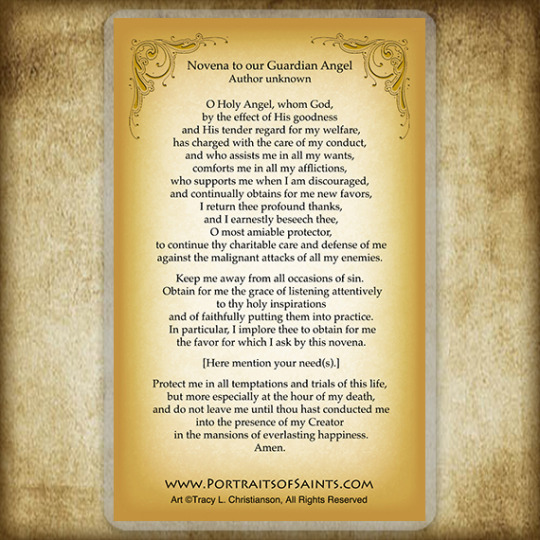

Guardian Angel
Feast of Guardian Angels.
Feast day: October 2
The Feast of the Guardian Angels is a Catholic festival celebrated annually on October 2. Paul V was the first Pope, in 1608, to authorize a feast day in honor of guardian angels. Pope Clement X changed the date to October 2 and Leo XIII, in 1883, upgraded the date to a double major feast.
According to Christian tradition, every one of us has a guardian angel who accompanies us from the moment we’re born until the moment of our death, and the mission of these angels is to protect us throughout our lives and guide us to heaven.
"Angels cannot act directly upon our will or intellect, so they can only guide us to heaven if we want to go there. They can act on our senses and imaginations, encouraging us to make the right choices and live as Jesus wants us to." -St. Thomas Aquinas
Prints, plaques & holy cards available for purchase here: (website)
74 notes
·
View notes
Text


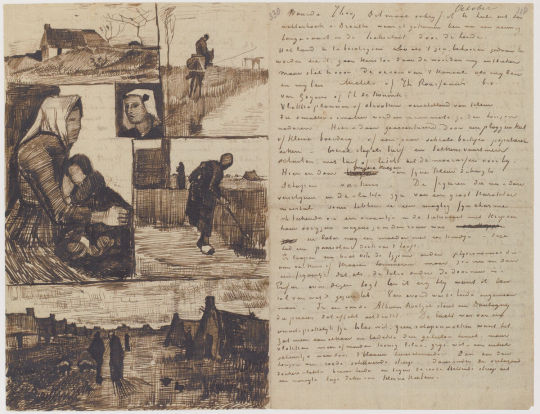
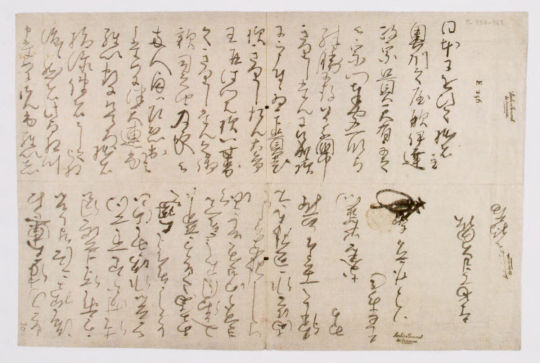
Today is National Handwriting Day.
The first image is a document concerning a coffee and coffee set given as a gift by the Ottoman sultan to Grand Duke Nicholas, written some time in the 19th century.
Repository: Başbakanlık Osmanlı Arşivleri, Istanbul, İstanbul, Marmara, Turkey
HOLLIS number: 8000933267
The second image is a work by Italian artist Francesco Cangiullo (1888-1977) entitled “Beautiful, letters humanized.” Original Title: Bello, lettere umanizzate, 1914
HOLLIS number: olvwork710923
The third image is a letter from Vincent van Gogh (1853-1890) to his brother, Theo van Gogh.
Letter 392, Nieuw-Amsterdam, on or about Wednesday 3 October 1883 with sketches.
Repository: Van Gogh Museum, Amsterdam, Amsterdam, Netherlands
HOLLIS number: 8001002115
The last image is a letter from Hasekura Ttsunenaga (1572-1622), ambassador of the Japanese king of Boxu, to King Felipe III announcing his visit to Spain accompanied by P. Luis Sotelo, and soliciting the sending of Franciscan missionaries, 1614.
Repository: Archivo General de Simancas, Simancas, Valladolid, Spain AGS, EST-LEG, 256-1, 126
HOLLIS number: olvwork589972
Happy Handwriting Today!
This image is part of FAL’s Digital Images and Slides Collection (DISC), a collection of images digitized from secondary sources for use in teaching and learning. FAL does not own the original artworks represented in this collection, but you can find more information at HOLLIS Images.
#NationalHandWritingDay#Letters#HandWriting#HarvardFineArtsLibrary#FineArtsLibrary#Harvard#HarvardLibrary#DigitalImages
50 notes
·
View notes
Text
Still liable to changes, but I have at last placed every single story into my chronology! I have also made some changes to the order of stories placed previously, based either on new information or their vibes. Comments and feedback are much appreciated.
The ‘Gloria Scott’ - Summer 1875 [1] (Framing: Winter 1882-3?)
The maths as stated don’t work, as 1855 + 30 = 1885, and these events can’t occur after A Study In Scarlet. 1875 would have to be Holmes’s second year of college.
The Musgrave Ritual - Spring 1879 (Framing: Winter 1882-3?)
It is stated to have been four years since Holmes last saw Musgrave. Holmes mentions telling Watson about the events of ‘Gloria Scott’. Watson must be living at 221b at the time, as his intro describes Holmes’s extremely messy habits in terms of lodging with him.
A Study In Scarlet - January to March 1881
Watson states the date he discovered Holmes’s profession explicitly as the 4th of March, which was several weeks after they moved in together. I find it likely that it was at most mid-January when they met, and that Watson spent February observing Holmes’s habits and trying to figure him out.
The Resident Patient - October 1881
Watson describes these events as being ‘towards the end of the first year during which Holmes and I shared chambers’, and then specifies that it was October.
The Valley Of Fear - January 1882 [2]
It is stated to be ‘in the late eighties’, but Holmes appears to still be getting used to Watson’s sense of humour, which he claims is ‘developing’, which points to it being earlier while Watson is still recovering from his illness. Any later and Holmes would already be very familiar with his closest companion’s personality. It cannot be any earlier than 1882 however, since January 1881 is taken up by the events of A Study In Scarlet.
The Speckled Band - April 1883
The Yellow Face - Summer 1883
The Beryl Coronet - February 1884
The Copper Beeches - Early Spring 1884
Charles Augustus Milverton - Winter 1884
I get the feeling this is an earlier case, as Watson’s attitude is oddly naïve when it comes to morality and the ability of the law to handle Milverton. I cannot see him behaving like this/holding these beliefs if he has already experienced Moriarty with Holmes for instance. He is also very jumpy while he and Holmes are performing their burglary.
The Hound Of The Baskervilles - October 1885 [3]
Mortimer’s stick is dated 1884, and Holmes notes this was five years ago (making it 1889), but Watson neither appears to be married nor in medical practice, and since this story was explicitly written as to have occurred before Holmes’s ‘death’, this precludes it being set after 1888.
The Greek Interpreter - Summer 1886?
The Reigate Squires - April 1887
The Sign Of Four - July 1887 [4]
It is stated to be July (later mistakenly stated as September) 1888, but this contradicts both SCAN (March 1888) and FIVE (September 1887). There also appears to be a pearl missing as Mary describes their delivery.
The Cardboard Box - August 1887
Holmes mentions both A Study In Scarlet and The Sign Of Four by name -- which implies that Watson is a very speedy writer, as this would be only a few weeks later. However, this may be taken as self promotion on Watson’s part.
The Noble Bachelor - Autumn 1887
This story is dated to 1887 via Lord St. Simon’s age, but Watson is soon to be married -- which is not possible if he has not yet met his fiancée. Dating SIGN to July 1887 fixes this discrepancy.
A Scandal In Bohemia - March 1888
Watson explicitly dates the start of this case to the 20th of March 1888, and states that he hasn’t seen Holmes for several months after his marriage (which would be in the late autumn to winter of 1887)
The Stockbroker’s Clerk - June 1888
Watson states that he acquired his practice ‘shortly after’ his marriage, and that he was too busy to visit Holmes at Baker Street for three months. Counting most of March as the first month (per SCAN), that takes us to the June he states, which is the first time Holmes has visited Watson at his practice.
The Naval Treaty - July 1888
[The Second Stain - July 1888**]
I take it that the story of this name is heavily if not entirely fictionalised. This is when the real events that inspired it occurred.
The Crooked Man - Summer (August?) 1888
The Five Orange Pips - September 1888 [5]
It is stated to be September 1887, but even if SIGN occurred in July of that year, Watson and Mary have not married yet for him to be ‘staying at Baker Street’ while she is away visiting her (dead) mother.
The Boscombe Valley Mystery - Spring 1889
The Man With The Twisted Lip - June 1889
I place this after BOSC, as Holmes takes it as a given that Watson’s wife will not object to him sending a note and running off on a case in the middle of the night. (I suspect he’s wrong and will be due a bollocking after breakfast)
The Engineer’s Thumb - Summer 1889
The Dying Detective - November 1889
Watson describes this as happening in his ‘second year of marriage’, which, 1888 being his first, works out as 1889.
A Case Of Identity - September 1890
Holmes comments in REDH that the case of Mary Sutherland occurred ‘the other day’.
The Red-Headed League - October 1890
The Blue Carbuncle - December 1890
Watson states it to be ‘the second morning after Christmas’, making it the 27th. When discussing cases that didn’t involve a crime, Holmes cites the events of SCAN, IDEN, and TWIS. This also lines up with the publication order, BLUE being the seventh short story, and Watson states that of the ‘last six cases’ he has written up, three of them were legally free of crime (morally however…)
The Final Problem - April to May 1891
Holmes has apparently been working in France since ‘the winter of 1890’ when he suddenly shows up in Watson’s consulting room on the 24th of April. His ‘death’ occurs on the 4th of May.
The Empty House - March 1894
The Norwood Builder - Summer 1894
Stated to take place ‘several months’ after Holmes’s return. Watson has moved back to Baker Street and sold his practice.
Silver Blaze - Late Summer 1894
(I would like to set Silver Blaze to be after NORW, since I think Holmes and Watson deserve a fun case after that one. I believe it to be post-hiatus since Watson is evidently resident in Baker Street and does not appear to be in practice at this time.)
The Golden Pince-Nez - November 1894
The Red Circle - Winter 1894
Watson is living at Baker Street, and Holmes refers to his medical practice in the past tense.
The Solitary Cyclist - April 1895
The Three Students - 1895
Black Peter - July 1895
The Bruce-Partington Plans - November 1895
The Veiled Lodger - Early 1896
The Shoscombe Old Place - 1896
The Missing Three-Quarter - February 1896-7?
Described as occurring ‘seven or eight years ago’ from the time of writing, presumably 1904.
The Devil’s Foot - March 1897
The Abbey Grange - Winter 1897
Wisteria Lodge - March 1898 [6]
It is stated to be March 1892, but this is impossible as Holmes is presumed dead at that time. It also can’t be March ‘91 as Holmes is too busy at that time, and referencing REDH eliminates March ‘90 or any year earlier. Further, Holmes complains of boredom due to a lack of cases, which eliminates 1894 due to a very high number of cases in that year (he also would only have been back about two weeks at that point). Holmes is also busy in March ‘95, ‘96, and ‘97. It is not until 1898 that there may be time to be bored by March.
The Six Napoleons - Late May/Early June 1898
It must be the end of May or the start of June, as Beppo was arrested and sentenced to a year in prison in late May of the previous year. (I’d like to set this one near DANC, since Holmes deserves the praise.
The Dancing Men - July 1898
Mr Cubitt says that he met his wife while in London ‘for the jubilee last year’, and that Elsie received a letter from America ‘about a month ago, at the end of June’.
The Sussex Vampire - November 1898
I date this story to after 1897, as that is the year vampires rose significantly in the public consciousness.
The Retired Colourman - Summer 1899
Amberley married his wife in 1897, and Holmes comments that the events that have resulted in their contact with him have occurred ‘within two years’.
The Priory School - May 1901?
Years listed with regard to Lord Holdernesse date the story post 1900, and wording makes it seem that that is not the present year.
The Disappearance of Lady Frances Carfax - Spring/Summer 1901?
The Problem Of Thor Bridge - October 1901
The Three Garridebs - June 1902
The Illustrious Client - September 1902
The Blanched Soldier - January 1903
Holmes claims that Watson has ‘deserted [him] for a wife’.
The Mazarin Stone - Summer 1903
Watson is visiting Baker Street, and comments that nothing has changed in his absence, which infers this to occur after his second marriage. He also comments that a dummy of Holmes has been ‘used before’, referencing the events of EMPT.
The Three Gables - 1903?
Watson has not seen Holmes ‘in some days’.
The Creeping Man - September 1903
As originally published, the date is stated as September 1902, but when collected in Case-Book, this changes to 1903. I place it in 1903 as Watson is not living at Baker Street at this time, having been summoned by a note from Holmes.
The Lion’s Mane - July 1907
Holmes is retired
His Last Bow: The War Service Of Sherlock Holmes - August 1914
Holmes has been undercover for the past two years.
Additionally:
This chronology was started in direct opposition to and due to frustration with Baring-Gould's chronology. Any comments or suggestions based on it will be disregarded.
It is my aim with this chronology to take into account all stated dates, and take them as correct except for where they blatantly contradict others. (e.g. SIGN being dated to either July or September 1888, when FIVE references Watson's wife in September 1887 and SCAN refers to his marriage in March 1888; Wisteria Lodge being dated to March 1892 when Holmes is 'dead' at this time)
It is also my intention that Watson is only married twice, the first time to Mary Morstan in late 1887 and the second to an unknown Mrs Watson in early 1903 (being strictly canonical, my own headcanons of him retiring to Sussex with Holmes aside)
I estimate that Holmes was born January 6th 1857, making him 18 at the time of GLOR and 24 at the time of STUD. Also by this estimate he would be 57 at the time of His Last Bow.
I estimate that Watson was born 23rd May 1853, making him 27 at the time of STUD. This would make him 61 at the time of His Last Bow.
#sherlock holmes#acd canon#acd holmes#i reject your chronology and substitute my own#watson's birthday is pure headcanon#i just thought it would be fun for it to be the day after acd's#i have not got my maths wrong for his age in study by the way - he just hasn't had his birthday yet
94 notes
·
View notes
Photo










CHARLIE VICKERS ph. Lee Malone
for 1883 Magazine (October 2022)
#charlie vickers#tropedit#ropedit#ringsofpowersource#ringsofpowerdaily#mensource#mancandykings#glamoroussource#flawlessgentlemen#userstream#flawlesscelebs#dailymenedit#celebs#my creations
223 notes
·
View notes
Text
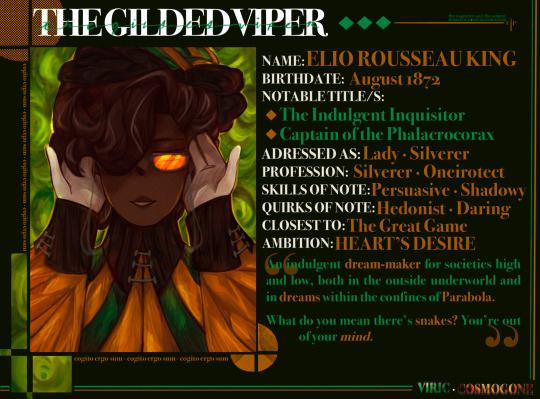
Pen name: Nikolaevna
Classified Report #████: Summary (17th of August, 1895)
Born in Florence, Italy with no identifiable mother or father under the name Cirillo █████. Was raised by the Constables before being "disposed" of in 1883 after openly assisting with a murder. Allegedly assisted with the murder of Fyodor Ivanovich Volkov in October 1883. Has ties with cases of espionage and vandalism between November 1883 to April 1886, and was recruited by "The Pandemonium" by May 1886. Framed for the murder of Markov Nikolaevich Regulus and was marked as persona non grata in 1891. Soon fled to the Neath in 18██. Current whereabouts unknown.
To be proclaimed dead, under any circumstances.

Pen name: Vox R. Volkov
Classified Report #████: Summary (28th of February, 1896)
Born in Budapest, Austria-Hungary as the second heir to the Volkov family. Partly responsible for the death of his father Fyodor Ivanovich Volkov in October 1883. Has assisted in cases of murder and robbery from November 1883 to April 1886. Was adopted by Markov Nikolaevich Regulus in June 1886 and was soon integrated into "The Pandemonium" by July 1886. Killed Markov Nikolaevich Regulus in 1891 and was marked as persona non grata by authorities, as per Regulus' will along with his accomplice. Fled to the Neath in 18██ following ████'s trail. Current whereabouts unknown.
Assumed dead.
[They’re now open to accept calling cards! (took them long enough).]
#fallen london#fallen london oc#leisurely sketches#also some bits of lore#please do send them calling cards if you want to ive been itching to write in-character for a while#oc: elio king#oc: vox volkov
49 notes
·
View notes
Text
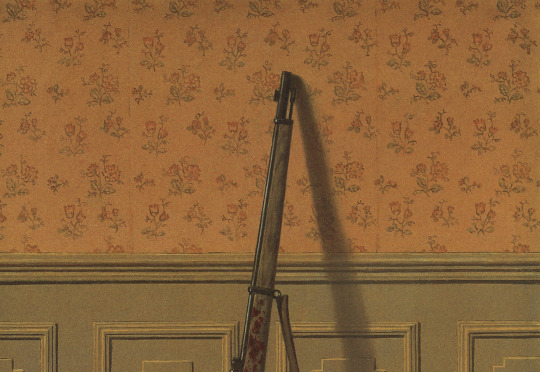

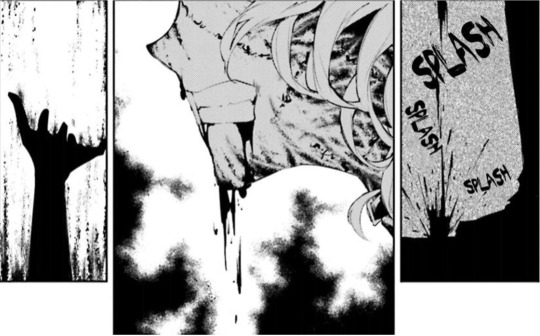





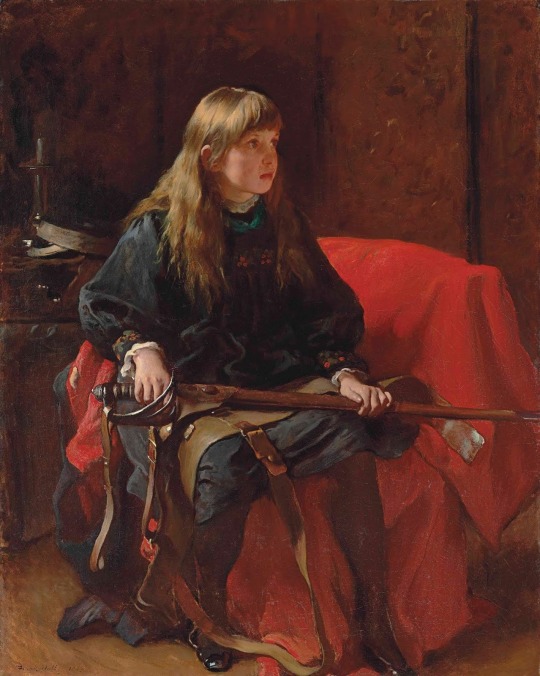

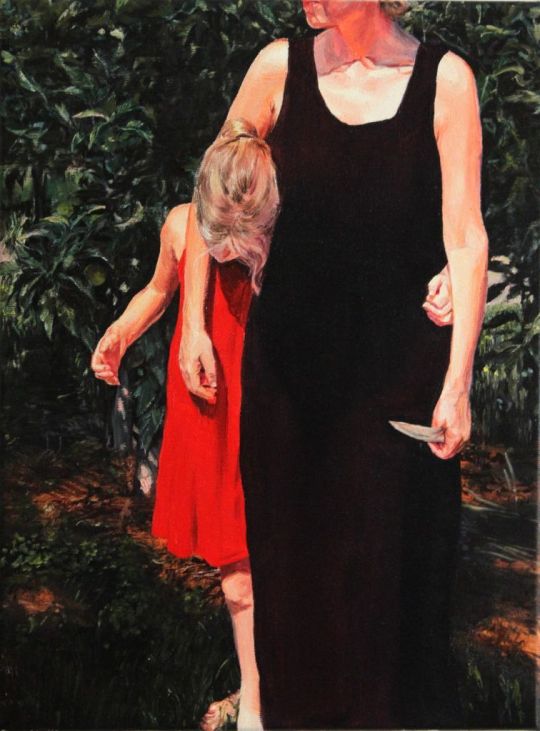


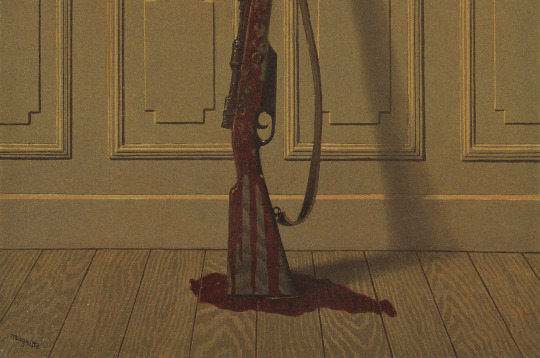
René Magritte - The Survivor (1950) / Louise Glück - October / Leslie Megahey - Duke Bluebeard’s Castle (1988) / @twinnedpeaks - nobody/everybody! / Erin Endicott - The Healing Sutras (2010) / Li-Young Lee - A Hymn to Childhood / Frank Holl - Did You Ever Kill Anybody, Father? (1883) / @ojibwa / Agata Kus - Postrzyżyny (2020) / @twinnedpeaks - nobody/everybody! René Magritte - The Survivor (1950)
#the inherent transgenderism of having your childhood and body autonomy taken from you#bsd#bungou stray dogs#chuuya nakahara#web weaving
22 notes
·
View notes
Text

New York’s original Metropolitan Opera House opened on October 22, 1883. #OnThisDay
40 notes
·
View notes
Text
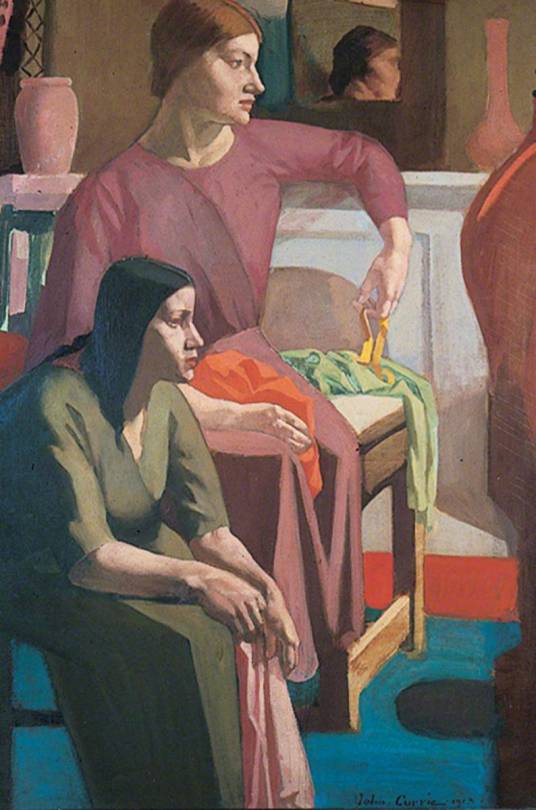
Seamstresses
John Currie (1883–1914)
The Stanley & Audrey Burton Gallery, University of Leeds
In October 1914 Currie shot his mistress Dolly Henry and then turned the gun on himself. He died the following day.
29 notes
·
View notes
Text

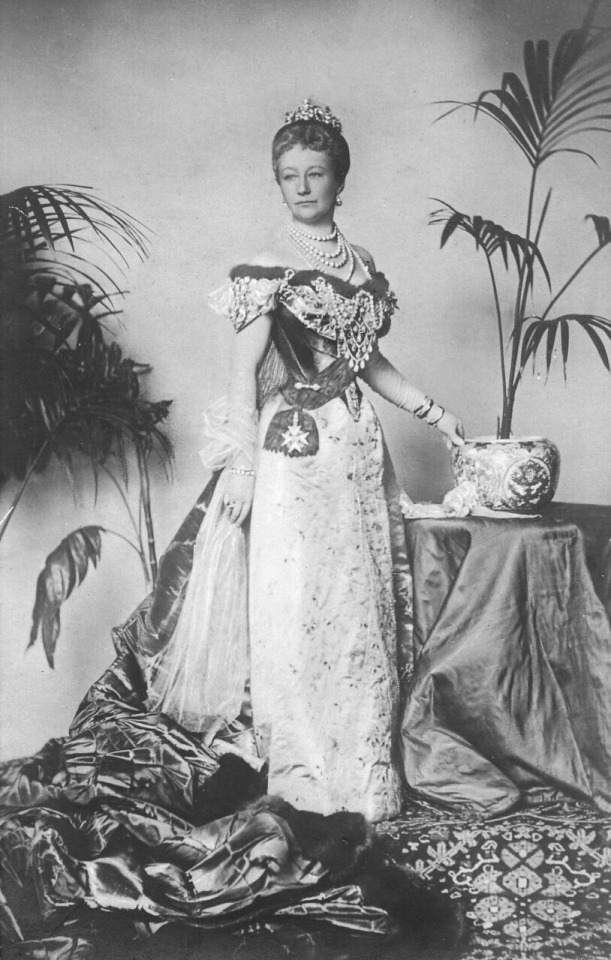
October 22 1858: The Birth of Kaiserin Augusta Victoria of Schleswig-Holstein
Augusta Victoria of Schleswig-Holstein was the eldest daughter of Frederick VIII, Duke of Schleswig-Holstein and Princess Adelheid of Hohenlohe-Lagenburg. Tragedy struck only a week after her birth when her elder brother died from illness. In 1860, her younger sister, Caroline Mathilda, was born. Who was regarded as prettier and a brighter personality than the chubby, serious, submissive Augusta Victoria. Soon Augusta’s mother would give birth to another boy, Gerhard, who died in infancy. Their next male heir and fifth child, Ernst Gunther, was a perfectly healthy baby boy. Augusta would have two other sisters, Louise Sophie in April 1866 and Feodora Adelaide in July 1874.
In her family, she was known affectionately as “Dona.” Augusta’s obedient nature was noted on early in her youth, even by her future mother-in-law Crown Princess Frederick. ‘It is strange how good some children are – and how little trouble they give,’ she wrote to her mother, Queen Victoria, when Augusta Victoria was nine years old. ‘Ada’s children are patterns of obedience, gentleness – the best of dispositions’. (1)
The thought of a match between Princess Augusta Victoria of Schleswig-Holstein and Prince Wilhelm of Prussia was contemplated ever since they were children, as noted by the prince (future Kaiser, ex-Kaiser) later in the future. But was never taken seriously until after the prince was rejected by Princess Elisabeth of Hesse and by Rhine. Perhaps, Wilhelm was seeking for a rebound in Dona and it was a success. As the couple married on the 27th of February 1881. The marriage has been regarded to be happy but not without struggle. As Wilhelm quickly grew bored at his new wife’s longing for a simple domestic lifestyle, having multiple affairs throughout the years. And in the beginning only saw Dona as a broodmare. It was only after an ear infection gone bad, where Augusta stayed by Wilhelm’s side throughout the duration of it did he start to see her in an adjusted light, but continued to be unfaithful to her.
She bore him seven children:
Wilhelm, German Crown Prince, Crown Prince of Prussia (1882-1951)
Prince Eitel Friedrich (1883-1942)
Prince Adalbert (1884-1948)
Prince August Wilhelm (1887-1949)
Prince Oskar (1888-1958)
Prince Joachim (1890-1920)
Princess Viktoria Louise of Prussia (1892-1980)
Her days as Empress, she was regarded by the court as a prudish, a stickler for rules who punished anyone for the simplest gesture she deemed to be “immoral.” She was deemed by many as unremarkable and plain with a gaudy and tacky sense of fashion. With Nicholas II remarking to his mother, the Dowager Empress. That she ‘did her best to be pleasant but looked awful in sumptuous gowns completely lacking in taste; in particular the hats she wore in the evening were frightful.’
Though as overbearing and a nuisance as she was in public life and a part of her private life, by some family members, such as Empress Frederick (with whom she had a very heated feud with and who Augusta enjoyed snubbing frequently) who wrote to her daughter, Sophie, she was characterized as: ‘very grand and stiff and cold and condescending at first, but became much nicer afterwards. Perhaps it was also partly shyness.’ and by her younger sister, Louise Sophie that when she was ‘not bowing to the will of her autocratic husband she was easy and indulgent’. “Her cousin Alice of Albany, who was sometimes mildly critical of her older relations, found her ‘most affable and kind’.”(1)
She was her husband’s biggest supporter throughout everything (for better and for worse) and was crushed when she was stripped of her titles as German Empress and Queen of Prussia after the war. Her health, which was already declining ever since the 1890s (causing her to miscarry twice) went down a rapid decline in the 1920s. And it had worsened when she had heard of the news of the death of her youngest son, Prince Joachim. She passed away on the 11th April 1921, in spite of her personal flaws, she was a beloved Empress by the German people and her popularity outshined her husband’s. Thousands lined up to see her off, where she would be buried at the Temple of Antiquities in the gardens near the New Palais in Postdam. Her husband, the ex Kaiser Wilhelm II was forbidden to cross into Germany to see his wife off for the final time.
Her room in Huis Doorn was soon turned into a shrine dedicated to the late Empress. With Wilhelm ordering for the room to regularly be cleaned with flowers and a cross draped over the bed. “Once a week, for the rest of his twenty years, he would retire there on his own, to go and mourn her memory.“ (1)
Wilhelm adhered to his late wife’s wishes for him to marry someone else when she was gone. When only a year later he would marry Princess Hermine of Reuss. He passed away in June of 1941, at age 82, 20 years after her passing.
Source : The Last German Empress
#monarchy#kaiser wilhelm ii#german empire#german monarchy#imperial germany#wilhelm ii#kaiserin augusta victoria#empress augusta victoria#royal birthdays#THIS TOOK ME AN HOUR😭#and her bday is about to end in 8 minutes#i was hella procrastinating lmao#happy birthday to Dona ig#german royalty#german royal family
25 notes
·
View notes
Photo
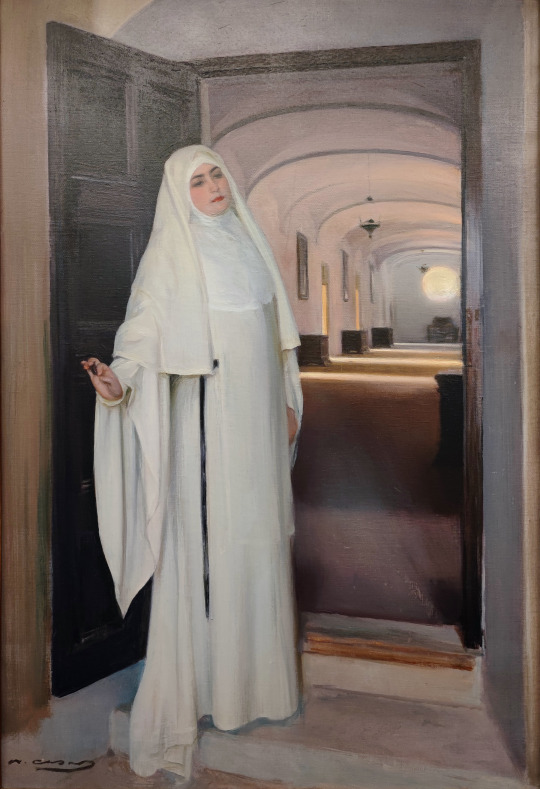
Ramón Casas (Spanish/Catalan, 1866-1932)
Una monja
Museu de Montserrat
Ramón's father had made his fortune in Matanzas (Cuba) and his mother came from a wealthy family. Casas dropped out of school to study art in the studio of Juan Vicens Cots in 1877. In 1881, while still a teenager, he co-founded the magazine L'Avenç. The number published on October 9, 1881 included a sketch of the cloister of the monastery of San Benito de Bages. That same month, accompanied by his cousin Miquel Carbó i Carbó, a medical student, he began his first stay in Paris. That winter he studied with Carolus-Duran and, later, with Henri Gervex. Meanwhile, he worked as a correspondent in the French capital for L'Avenç. The following year he exhibited some of his works at the Sala Parés in Barcelona and in 1883 he exhibited his Self-portrait dressed as a flamenco at the Champs Elysees in Paris. That painting earned him an invitation as a member of the salon of the Société d'artistes françaises.
In 1908, Casas together with his sponsor Deering, traveled through Catalonia. Deering bought an old hospital in Sitges with the idea of turning it into his residence. That same year, Casas began a six-month trip to Cuba and the United States. During this trip he made a dozen oil portraits and about thirty charcoal drawings of Deering's friends and associates.
#una monja#Ramón Casas#spanish art#catalan#spanish#european art#christian art#catholic art#christian#catholic#classical art#art#fine art#oil painting#public domain#1800s#fine arts#traditional art#art history#world history#western civilization#europe#european#europa#arte#spain#espana#arts#Ramon casas#nun
104 notes
·
View notes